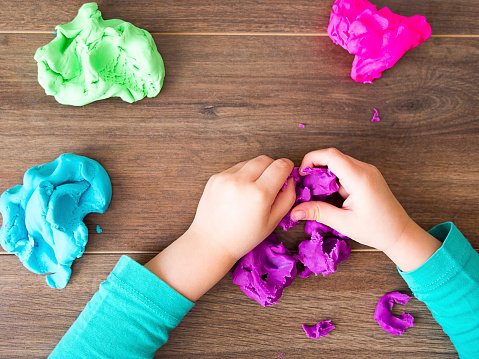Implementation of Finger Gym in Early Years Settings



Lasts weeks blog spoke about the intent and reasons behind why settings may choose to implement finger gym as part of their early years curriculum. This week we intend to unpack some of the ways that you may choose to implement finger gym within your setting. All settings are different and unique, and it is important to remember what works for you and your early years setting will not always work for other settings and that is fine. It is about finding things that work for you and being willing to try new activities and ways of implementing early years practise.
Finger Gym Area
Some settings will choose to have an area with your continuous provision, which is set up daily with access to items and activities that have a finger gym area. For example, a coffee table with a challenge of the day, such as, using lollypop sticks to catch bottle lids in a tray of water. Or a small shelf selection with two or three provocations or challenges on the shelfs. Or open-ended resources such as, jumbo tweezers, small loose parts and so on which children can explore in a more open-ended approach to finger gym.
Focused Group Time Activities
Some settings may choose to implement finger gym in a more structured way, by running focused sessions daily. This may be as part of support plans, interventions, or to work with children who have been identified to need support with a certain area of development and learning. Typically, it may be children that you feel need support with their physical development and focus work on their fine motor skills.
Incorporating Finger Gym Throughout Your Continuous Provision
Some settings will opt for introducing finger gym activities throughout their continuous provision and will not have a set space or time for finger gym to occur. For example, whilst following the children’s interests a practitioner, might not that the children are showing a particular interest in spider webs and spiders. She/he may then decide to set up the small world area a web using a linen basket and string and place lots of spiders inside for the children to save with tweezers.
Or it may be that your setting does a mixture of any of these approaches with implementing finger gym. I think when deciding how you are going to implement finger gym in your early years settings it is important to consider the impact that you want to have for the children in your setting, and think carefully about your intent and what you want the children to get out of finger gym sessions or activities in your early years setting.
Join us for our next blog in the series where we hear case studies from some early years settings about their intent, implementation, and impact of finger gym in their setting.

